Nature Religions: Journals & Articles
Further resources, if available, can be found in our full bibliography.
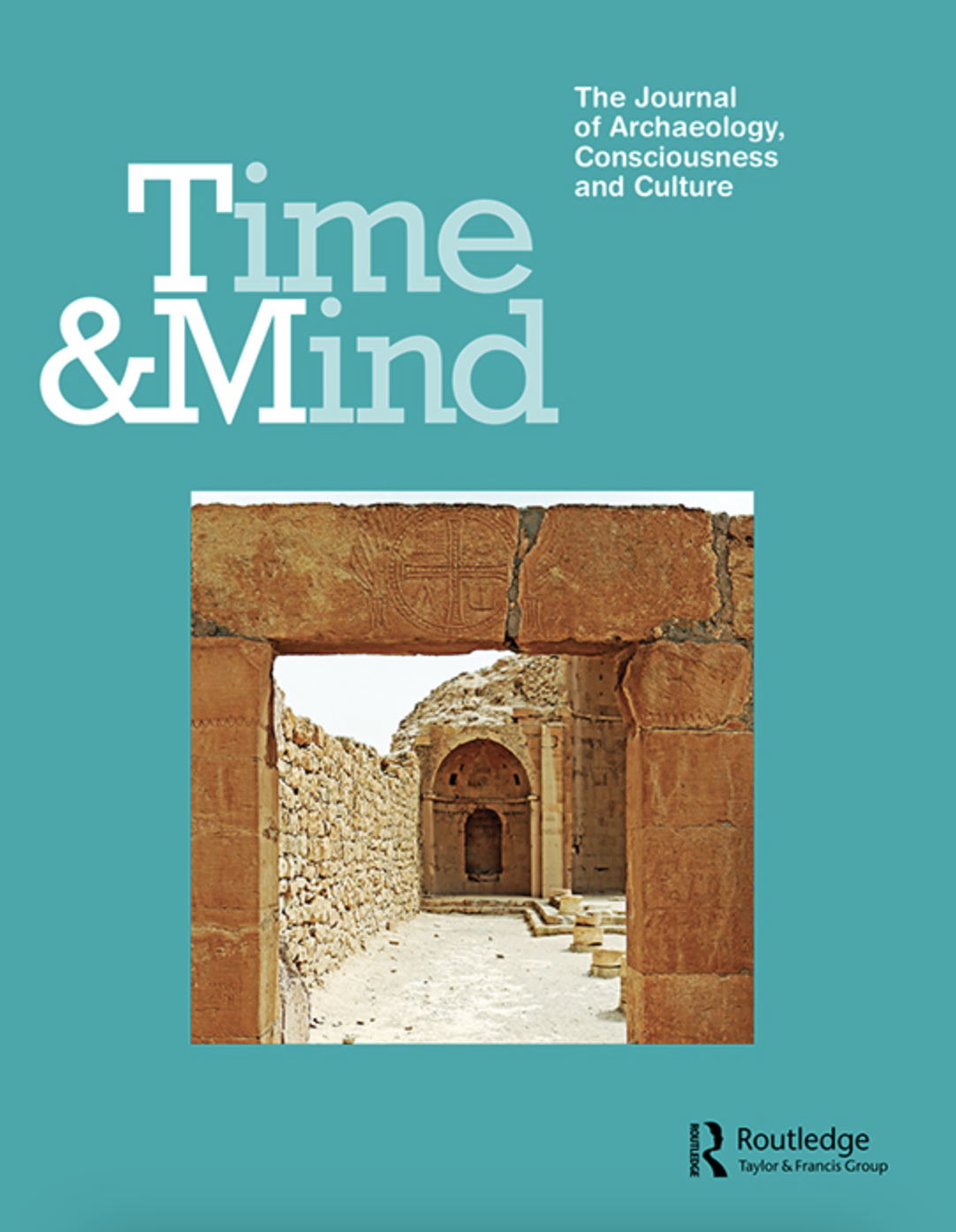
The history of “alternative” forms of spirituality in modern Britain is now starting to be written, although the ventures into it to date have the character of pioneering works. This article compares two of the most prominent such forms of spirituality in twentieth-century England, both characterized by a close relationship with prehistoric monuments: Druidry and the Earth Mysteries movement. It formulates the main distinguishing features of the former and then charts the development of the latter, viewing it, like the former, primarily as a form of religious and cultural expression. This exercise permits a systematic comparison of the two, and also an examination of their relationship with orthodox archaeology and history. In the process, it is hoped not only to be able to gain new insights into the nature of twentieth-century British counter-cultures, but into the nature of modern British culture as a whole.
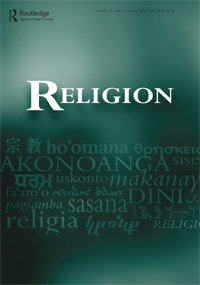
"Earth and Nature-Based Spirituality (Part II): From Earth First! and Bioregionalism to Scientific Paganism and the New Age"
Bron Taylor
Part II examines additional forms of nature-oriented religion, searching further for continuities, discontinuities and ironies among its diverse forms.
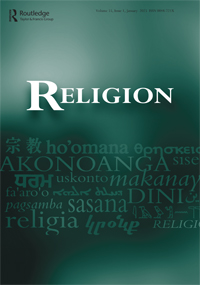
"Earth and Nature-Based Spirituality (Part I): From Deep Ecology to Radical Environmentalism"
Bron Taylor
Earth and nature-based spirituality is proliferating globally. Part I of this study argues that although participants in countercultural movements often eschew the label religion, these are religious movements, in which these persons find ultimate meaning and transformative power in nature. Focusing on the deep ecology movement, Taylor further argues that (1) experiences of nature spirituality are evoked by practices as diverse as mountaineering, neo-shamanic ritualising and states of consciousness induced by hallucinogens; (2) Earthen spiritualities are often contested and may be viewed as inauthentic or dangerous by practitioners of other forms of nature spirituality; and (3) despite significant diversity, a sense of connection and belonging to nature (sometimes personified as a transforming, if not transcendent power) unites these cross-fertilising and sometimes competing spiritualities.
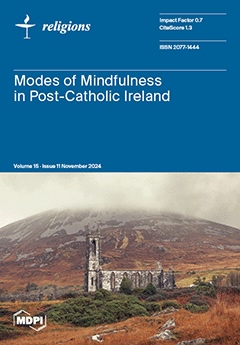
"Dissident Blood: Neo-Santeria in Barcelona and the Refusal of Sacrifices"
Marta Pons-Raga
This article explores the emergence and development of Neo-santeria in Barcelona, a contemporary trend of Afro-Cuban religious practices characterized by the rejection of animal sacrifice, a central ritual in traditional Santeria. The study identifies and analyzes four key arguments employed by Neo-santeros to legitimize this rejection within the secular and modern European context: the scientistic, de-traditionalist, individualistic, and ecologist arguments. Drawing on over a decade of ethnographic research, the article demonstrates how Neo-santeros navigate the tension between distancing themselves from certain traditional spiritual roots–particularly the practice of animal sacrifice–and the intertwining with European and contemporary cultural logics, particularly those related to secularism. The findings contribute to a deeper understanding of how Afro-Cuban religions, particularly Neo-Santería, can be defined by the ongoing creativity of their practitioners. This distinctive feature not only defines the fluid nature of these traditions but also contributes to the diversification and increased complexity of the spiritual landscape in European contexts, where Afro-Cuban practices are being intertwined in local cultural and religious frameworks.
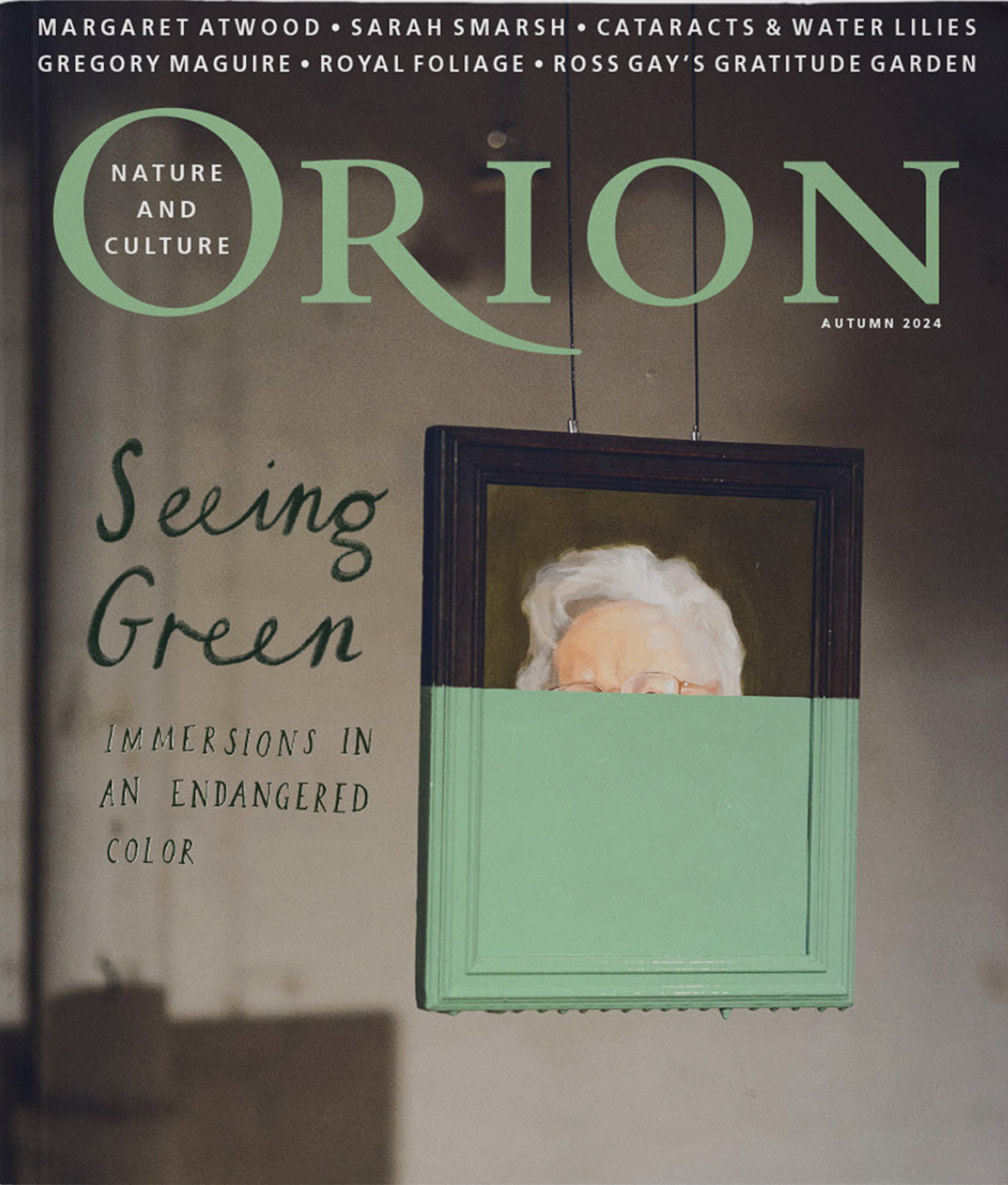
Talks about the history of the green man and green lady, who are fundamental symbols in many nature-based traditions, and the concept of the “green witch.”

As the climate crisis threatens frontline communities and fragile ecosystems, practitioners of nature-connected belief systems–like Santeria–are calling on their roots to reawaken an eco-consciousness embedded deep within.
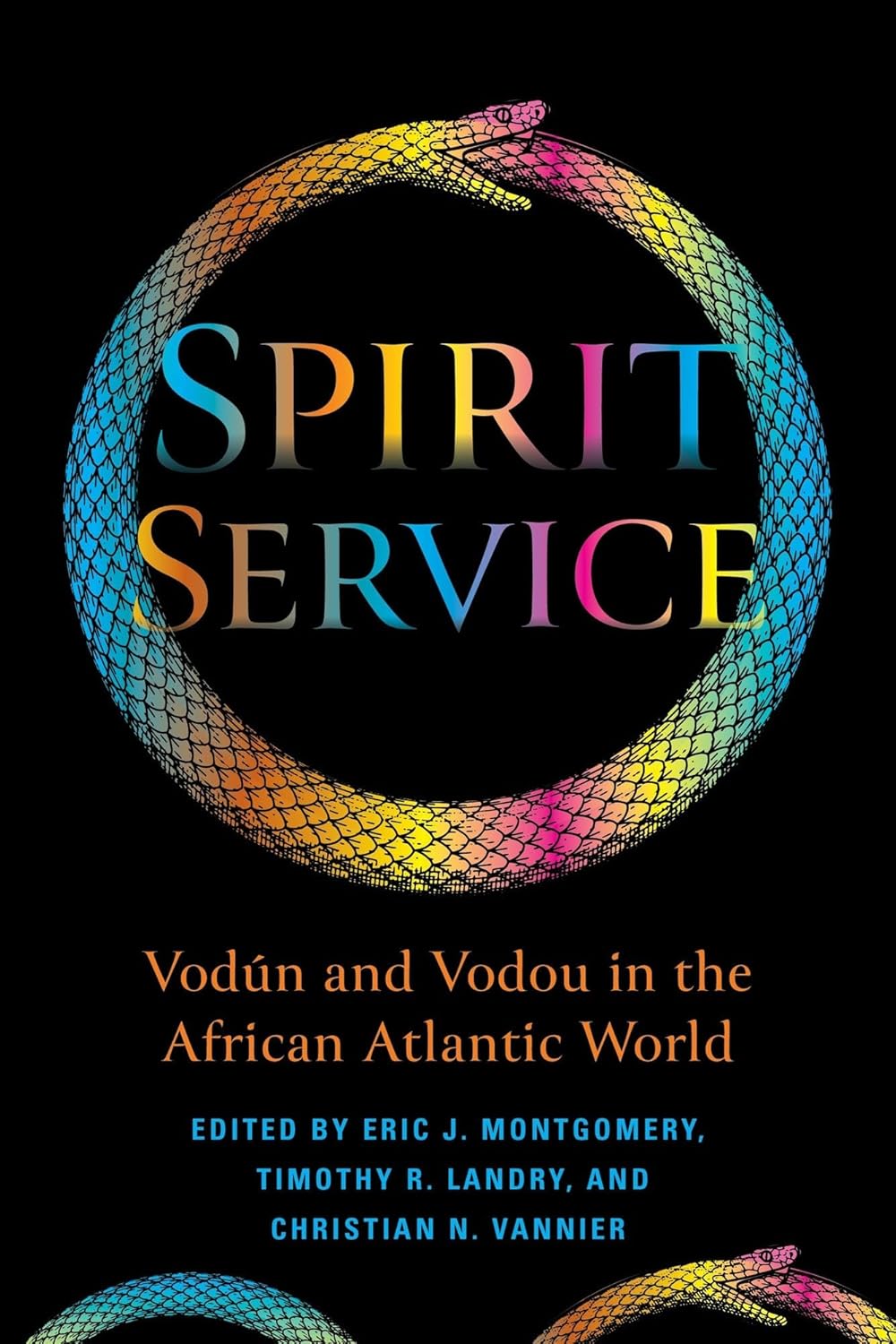
"Vodou, an Inclusive Epistomology: Toward a Queer Ecotheology of Liberation"
Nixon S. Cleophat
“Syèl la konnen nou, se la tè n dwe respekte. Viv lwa yo!” So goes a verse of one of the Vodou ritual songs, which is recited at the beginning of a ceremony. The adjenikon (the head ritualist) often invites the congregation to sing this song as a reminder that a fran (authentic) Vodouyizan (Vodou practitioner) must live by the ethical precept that their existence is connected not only to the Earthly but also natural realms.
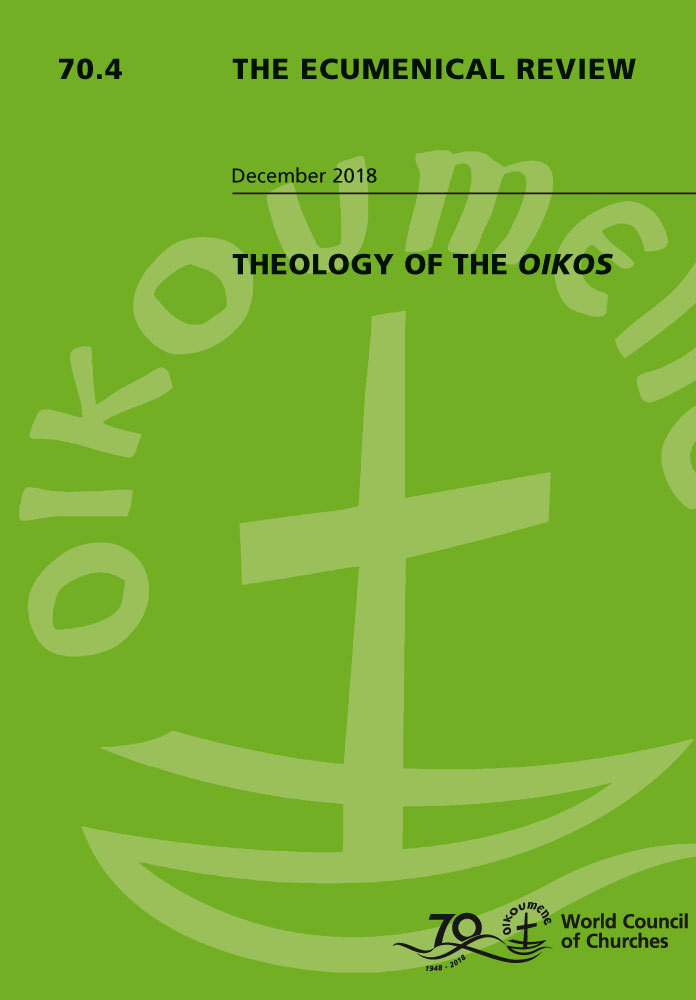
This contribution reviews ecotheological perspectives among traditional practitioners of the West African religions known as Vodun and Voodoo and their diasporic syncretic variants Hoodoo, Haitian Vodou and Louisiana Voathodoo, using Haiti as the main case study. Based on ethnographic and comparative religion scholarship, as well as consultation with researchers in the field, it discusses Voodoo traditions in light of modern ecotheological concerns, such as sustainability, dominion over nature, anthropocentrism, and animal rights. It also discusses the sometimes accommodating and sometimes hostile relationship with Catholicism with respect to nature and spirit worship, and the overlap of saints and Voodoo spirits as intermediaries. Despite finding a striking disjunction between environmentally unfriendly practices in Haiti and its religious views of nature as sacred, the paper argues that the historical adaptability and accommodationism of Haitian Vodou practices may provide the basis for an eco-friendly approach to natural resource management and a renewed spiritualized view of nature.
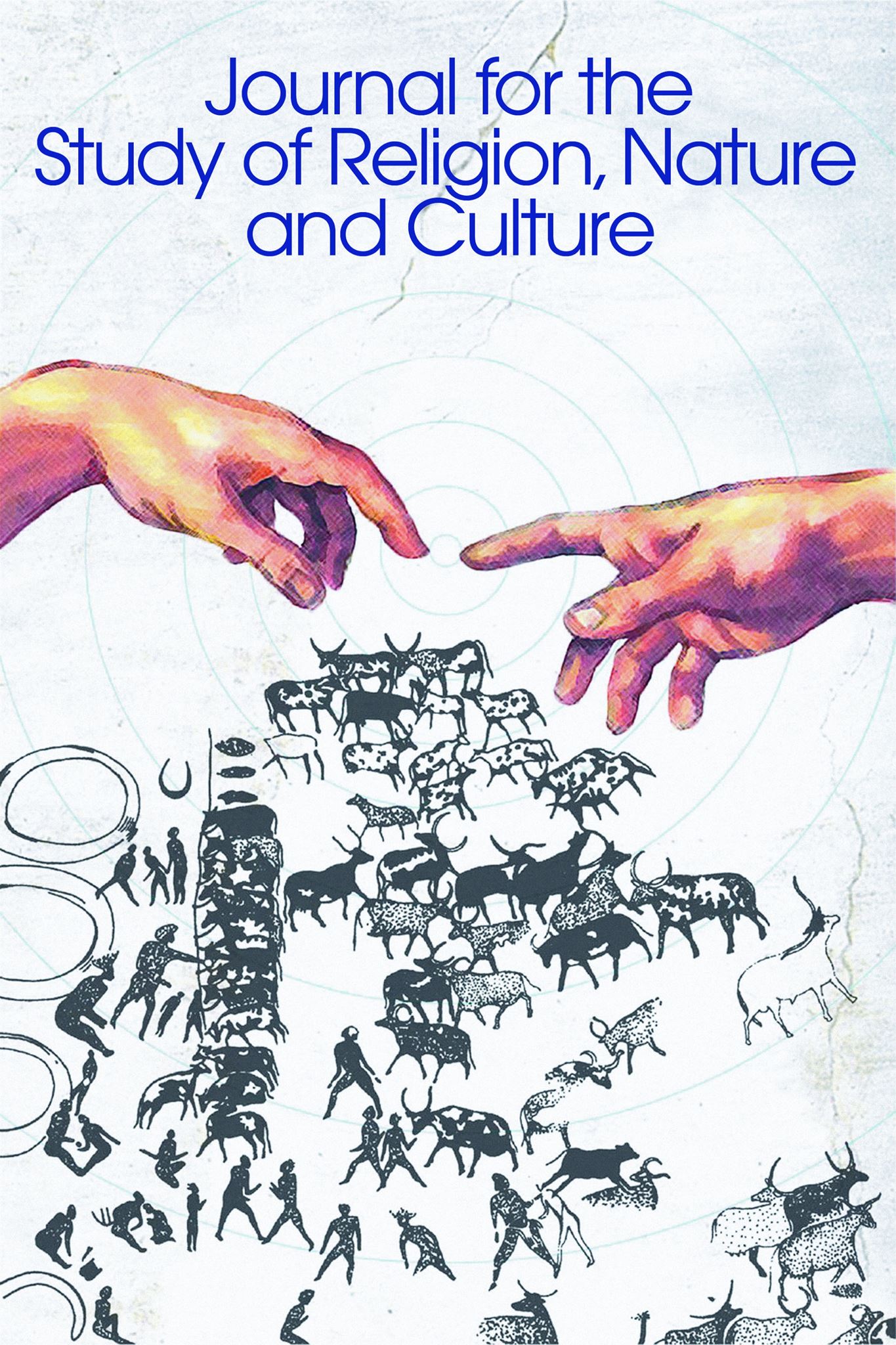
"Pursuing the Salmon of Wisdom: The Sacred in Folk Botanical Knowledge Revival Among Modern Druids"
Kimberly Kirner
I investigate the relationship between the revival of practical folk knowledge and the construction of a spiritual-magical worldview within the context of a Western religious movement, Druidry. Ethnographic and survey research were conducted over a two-year period. The author first explains how the construction, transmission, and use of knowledge are treated as sacred acts and how learning about other beings is a path to spiritual development. Next, this form of contemporary animism is discussed as simultaneously a code of ethics, an epistemology aligned with the production of traditional ecological knowledge, and a spiritual ontology. The author then describes the primary ways in which Druids interact with and generate knowledge about plants, drawing from both Western science and spiritual practices. Finally, the challenges arising from attempts to live animist ethics within the context of Western capitalism and a still-forming religious tradition are explored, and the potential or promise of greater sustainability in doing so.
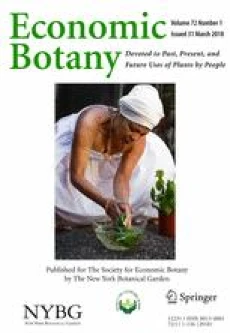
"Plant-Knowledge Adaptation in an Urban Setting: "Candomblé" Ethnobotany in New York City"
Fabiana N. Fonseca, Michael J. Balick
Candomblé is an African-Brazilian religion that resulted from the adaptation of West African (especially Yoruba) beliefs in Brazil during and after the slave trade. This study seeks to understand the current evolution of Candomblé ethnobotanical knowledge as it travels from Brazil to New York City (NYC), therefore going through a second adaptation process. Fonseca and Balick identified which Brazilian plant species are still in use, which are being incorporated and/or replaced, and what factors are contributing to the ethnobotanical adaptation that is taking place in NYC. To accomplish this, they compiled an inventory of liturgical plants used by five highly skilled Candomblé practitioners living in NYC and then compared the vernacular and binomial Latin names of these plants to inventories previously published in Brazil by other authors. By doing this, the authors were able to distinguish patterns of knowledge continuity, assimilation, or substitution. Their results show that Candomblé practitioners in NYC are maintaining a notable level of cultural continuity, while cautiously assimilating new species and consciously or subconsciously replacing others. Although both accessibility of plant material and cultural forces play a role in the adaptation mechanism, the latter appears to be the most relevant to these highly skilled practitioners.
Photo Credit: Nagini stone circle, Burke, Vermont; Courtesy of Salicrow